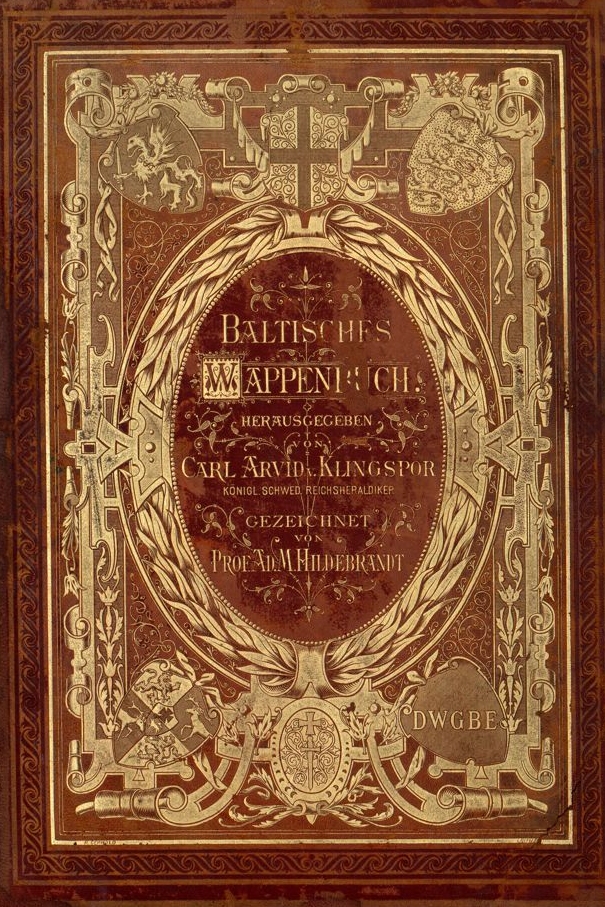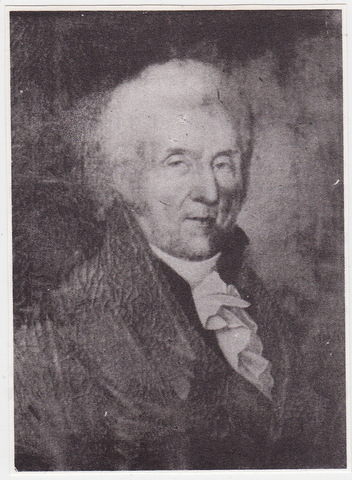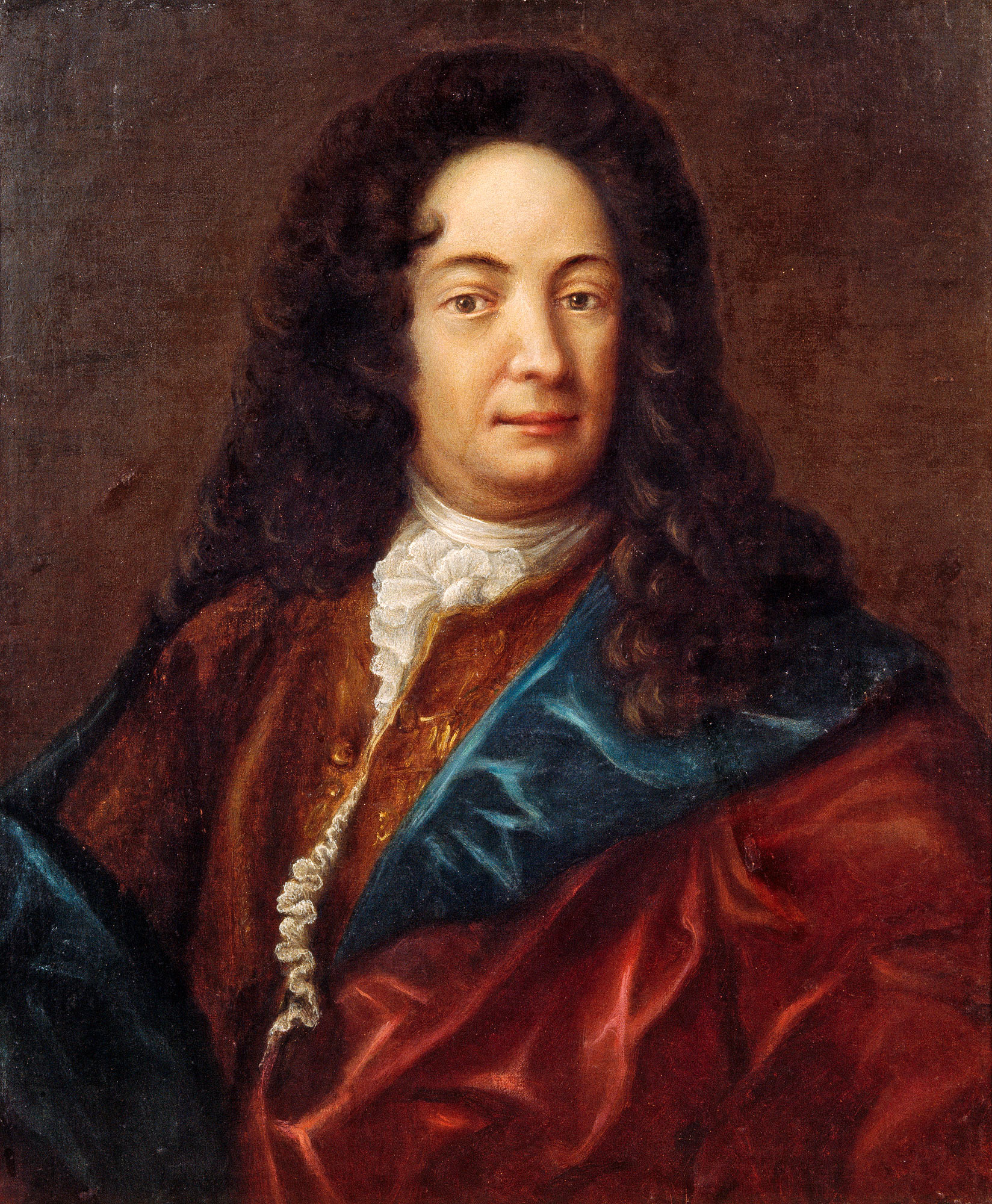|
Stenbock (family)
The Stenbock family is an old Swedish noble family, of which one younger branch established itself in Finland and another younger branch in Estonia, both of them in the mid 18th century, of which the first was entered into the rolls of the Finnish House of Nobility and the latter received both Estonian and Russian letters of nobility. Notable members *Ebba Stenbock (15??–1614) *Catherine Stenbock (1535–1621) *Gustaf Otto Stenbock (1614–1685) *Magdalena Stenbock (1649–1727) *Hedvig Eleonora Stenbock (1658–1714) *Magnus Stenbock (1664–1717) *Eric Stenbock (1858–1895) Gallery File:COA_family_sv_Stenbock_(grevliga_ätten).svg, Arms of the Swedish counts Stenbock, the main branch of the family File:Stenbok-fermor 11-34.jpg, Arms of the Stenbock-Fermor branch of the family File:KatarinaStenbock.JPG, Catherine Stenbock File:Gustaf Otto Stenbock.jpg, Gustaf Otto Stenbock File:Magnus Stenbock, 1665-1717.jpg, Magnus Stenbock File:Eric Stenbock.jpg, Eric Stenbock File:Ridd ... [...More Info...] [...Related Items...] OR: [Wikipedia] [Google] [Baidu] |
RU COA Stenbock Graf
''Ru, ru, or RU may refer to: Russia * Russia (ISO 3166-1 alpha-2 country code) * Russian language (ISO 639 alpha-2 code) * .ru, the Internet country code top-level domain for Russia China * Rù (入), the entering tone in Chinese language phonetics * Rú (儒), a Chinese language term for Confucianism * Ru (surname) (茹), a Chinese surname * Ru River (汝), in Henan, China * Ru ware, a type of Chinese pottery Educational institutions * Radboud University Nijmegen, in Nijmegen, Netherlands * Radford University, in Virginia, USA * Rai University in Gujarat, India * Rajshahi University in Bangladesh * Rama University in India * Ramkhamhaeng University in Thailand * Regis University in Colorado, USA * Reykjavík University Iceland * Rhodes University in Grahamstown, South Africa * Rockefeller University in New York, USA * Rockhurst University in Missouri, USA * Roosevelt University in Chicago, Illinois, USA * Rowan University in New Jersey, USA * Ruse University in ... [...More Info...] [...Related Items...] OR: [Wikipedia] [Google] [Baidu] |
Magdalena Stenbock
Magdalena Stenbock (14 September 1649 – 24 January 1727), was a politically active Swedish countess and salon holder. She was married to Council President Count Bengt Gabrielsson Oxenstierna. She was recognized as an important contact by foreign diplomats and promoted an anti-French and pro-Austrian policy through her spouse and his office. Biography Magdalena Stenbock was born to Count Erik Stenbock, a descendant to Queen Catherine Stenbock, and Catharina von Schwerin. In 1667, she married riksråd count Bengt Gabrielsson Oxenstierna, who was appointed Council President in 1680. Her family belonged to the most powerful in Sweden, and she had a strong position at court through her connections: her stepmother Occa Johanna von Riperda served as Mistress of the Robes in 1671-80, her sister, Hedvig Eleonora Stenbock, served as maid of honor to the queen, and her three nieces also served as maid of honors, among them Beata Sparre, who became influential in her own right. Stenb ... [...More Info...] [...Related Items...] OR: [Wikipedia] [Google] [Baidu] |
Baltic Nobility
Baltic German nobility was a privileged social class in the territories of today's Estonia and Latvia. It existed continuously since the Northern Crusades and the medieval foundation of Terra Mariana. Most of the nobility were Baltic Germans, but with the changing political landscape over the centuries, Polish, Swedish and Russian families also became part of the nobility, just as Baltic German families re-settled in locations such as the Swedish and Russian Empires. The nobility of Lithuania is for historical, social and ethnic reasons separated from the German-dominated nobility of Estonia and Latvia. History This nobility was a source of officers and other servants to Swedish kings in the 16th and particularly 17th centuries, when Couronian, Estonian, Livonian and the Oeselian lands belonged to them. Subsequently Russian Tsars used Baltic nobles in all parts of local and national government. Latvia in particular was noted for its followers of Bolshevism and the latter were ... [...More Info...] [...Related Items...] OR: [Wikipedia] [Google] [Baidu] |
Swedish Noble Families
This is a list of Swedish noble families, which are divided into two main groups: * Introduced nobility, i.e. noble families introduced at the Swedish House of Nobility * Unintroduced nobility, i.e. noble families which have not been introduced at the Swedish House of Nobility, mostly consisting of foreign nobility resident in Sweden, but also including some families ennobled by the Swedish monarchs and some other groups. The introduced nobility is divided into three ranks: Comital families, Baronial families and untitled noble families (in addition, members of the royal family hold ducal titles). The unintroduced nobility consists of families of princely, ducal, marquis, comital, baronial, and untitled noble rank. This group notably includes several branches of the House of Bernadotte with foreign (princely and comital) noble titles (such as Count of Wisborg). The vast majority of both introduced and unintroduced noble families are untitled. Introduced nobility The introduced ... [...More Info...] [...Related Items...] OR: [Wikipedia] [Google] [Baidu] |
Tallinn
Tallinn () is the most populous and capital city of Estonia. Situated on a bay in north Estonia, on the shore of the Gulf of Finland of the Baltic Sea, Tallinn has a population of 437,811 (as of 2022) and administratively lies in the Harju ''maakond'' (county). Tallinn is the main financial, industrial, and cultural centre of Estonia. It is located northwest of the country's second largest city Tartu, however only south of Helsinki, Finland, also west of Saint Petersburg, Russia, north of Riga, Latvia, and east of Stockholm, Sweden. From the 13th century until the first half of the 20th century, Tallinn was known in most of the world by variants of its other historical name Reval. Tallinn received Lübeck city rights in 1248,, however the earliest evidence of human population in the area dates back nearly 5,000 years. The medieval indigenous population of what is now Tallinn and northern Estonia was one of the last " pagan" civilisations in Europe to adopt Christianit ... [...More Info...] [...Related Items...] OR: [Wikipedia] [Google] [Baidu] |
Stenbock House
Stenbock House ( et, Stenbocki maja) is a prominent neo-classical building located on Toompea, Toompea hill, Tallinn. It is the official seat of the Government of Estonia. History The history of the Stenbock house in Tallinn goes back to the 1780s, when the Russian Empire, Russian Imperial administration of what was then the Governorate of Estonia launched a scheme to erect new buildings for administrative purposes. Originally, the building was intended as a courthouse. Count Jakob Pontus Stenbock, a member of the Baltic nobility, local nobility and landowner with an estate on the island of Hiiumaa, won the tender to erect a new building on Toompea hill in the middle of Tallinn's medieval centre. The architect for the new house was Johann Caspar Mohr, a provincial architect who was responsible for the maintenance of public buildings in Estonia and a popular designer of List of palaces and manor houses in Estonia, local manor houses. The construction of the building started in ... [...More Info...] [...Related Items...] OR: [Wikipedia] [Google] [Baidu] |
Stockholm
Stockholm () is the Capital city, capital and List of urban areas in Sweden by population, largest city of Sweden as well as the List of urban areas in the Nordic countries, largest urban area in Scandinavia. Approximately 980,000 people live in the Stockholm Municipality, municipality, with 1.6 million in the Stockholm urban area, urban area, and 2.4 million in the Metropolitan Stockholm, metropolitan area. The city stretches across fourteen islands where Mälaren, Lake Mälaren flows into the Baltic Sea. Outside the city to the east, and along the coast, is the island chain of the Stockholm archipelago. The area has been settled since the Stone Age, in the 6th millennium BC, and was founded as a city in 1252 by Swedish statesman Birger Jarl. It is also the county seat of Stockholm County. For several hundred years, Stockholm was the capital of Finland as well (), which then was a part of Sweden. The population of the municipality of Stockholm is expected to reach o ... [...More Info...] [...Related Items...] OR: [Wikipedia] [Google] [Baidu] |
Eric Stenbock
Count Eric Stanislaus (or Stanislaus Eric) Stenbock ( at Thirlestaine Hall (Cheltenham) – at Withdeane Hall in Brighton) was a Baltic Swedish poet and writer of macabre fantastic fiction. Life Stenbock was the count of Bogesund and the heir to an estate near Kolga in Estonia. He was the son of Lucy Sophia Frerichs, the daughter and heiress of Johann Andreas Frerichs, a Manchester cotton tycoon, and Count Erich Stenbock, of a distinguished Swedish noble family of the Baltic German House of nobility in Reval. The family rose to prominence in the service of King Gustav Vasa: Catherine Stenbock was the third and last consort of Gustav Vasa and Queen consort of Sweden between 1552 and 1560. Stenbock's great-grandfather was Baron Friedrich von Stuart (1761–1842) from Courland. Immanuel Kant was a great-great-granduncle of Stenbock. Stenbock's father died suddenly while he was one year old; his properties were held in trust for him by his grandfather Magnus. Eric's maternal gra ... [...More Info...] [...Related Items...] OR: [Wikipedia] [Google] [Baidu] |
Magnus Stenbock
Count Magnus Stenbock (22 May 1665 – 23 February 1717) was a Swedish field marshal ('' Fältmarskalk'') and Royal Councillor. A renowned commander of the Carolean Army during the Great Northern War, he was a prominent member of the Stenbock family. He studied at Uppsala University and joined the Swedish Army during the Nine Years' War, where he participated in the Battle of Fleurus in 1690. After the battle, he was appointed lieutenant colonel, entered Holy Roman service as Adjutant General, and married Eva Magdalena Oxenstierna, daughter of statesman Bengt Gabrielsson Oxenstierna. Returning to Swedish service he received colonelcy of a regiment in Wismar, and later became colonel of the Kalmar and then Dalarna regiments. During the Great Northern War, Stenbock served under King Charles XII in his military campaigns in the Baltic and Polish fronts. As director of the General War Commissariat, Stenbock collected substantial funds and supplies for the maintenance of th ... [...More Info...] [...Related Items...] OR: [Wikipedia] [Google] [Baidu] |
Hedvig Eleonora Stenbock
Hedvig Eleonora Stenbock (1658–1714) was a Swedish noblewoman and lady-in-waiting; daughter of Count Erik Stenbock and related to queen Katarina Stenbock; sister of the political salonist Magdalena Stenbock. Life She was described as beautiful and well educated and could speak French, German and Italian. She was the '' kammarfröken'' of the queen dowager, Hedwig Eleonora of Holstein-Gottorp. Stenbock caused a great conflict of rank at the royal court when she demanded precedence in etiquette Etiquette () is the set of norms of personal behaviour in polite society, usually occurring in the form of an ethical code of the expected and accepted social behaviours that accord with the conventions and norms observed and practised by a ... before another lady-in-waiting, Johan Göransson Gyllenstierna's sister Ingeborg Gyllenstierna, despite Gyllenstierna being senior as a lady-in-waiting: "on the grounds that she was the daughter of a Count and a lord of the state, whi ... [...More Info...] [...Related Items...] OR: [Wikipedia] [Google] [Baidu] |
Gustaf Otto Stenbock
Count Gustaf Otto Stenbock (7 September 1614 – 24 September 1685) was a Swedish soldier and politician. He was son of Friherre Gustav Eriksson Stenbock (1575–1629) and Countess Beata Margareta Brahe (1583–1645), born in Torpa, Länghem parish, Tranemo Municipality, Västergötland, Sweden. He was appointed commanding officer of the Kronoberg Regiment in 1637, Major General in 1643, Privy Councilor in 1652, Field Marshal in 1656, under the terms of the Treaty of Roskilde in 1658 became Governor General of Scania, Halland and Blekinge, Lord High Admiral in 1664, and Chancellor of Lund University in 1666. He was deposed as admiral by King Charles XI of Sweden in 1675. Family 22 July 1645 married 1stly Baroness Brita Horn of Åminne (died 1685). ;Children: *Count Gustaf Stenbock (1646–1672) *Beata Stenbock (died 1648) *Sigrid Stenbock (died 1648) *Christina Katharina Stenbock (1649–1719), married Swedish statesman and Governor-General of Estonia Anders Torstenson. *Ma ... [...More Info...] [...Related Items...] OR: [Wikipedia] [Google] [Baidu] |
Swedish Nobility
The Swedish nobility ( sv, Adeln eller Ridderskapet och Adeln) has historically been a legally and/or socially privileged class in Sweden, and part of the so-called ''frälse'' (a derivation from Old Swedish meaning ''free neck''). The archaic term for nobility, ''frälse'', also included the clergy, a classification defined by tax exemptions and representation in the diet (the Riksdag). Today the nobility does not maintain its former legal privileges although family names, titles and coats of arms are still protected. The Swedish nobility consists of both "introduced" and "unintroduced" nobility, where the latter has not been formally "introduced" at the House of Nobility (''Riddarhuset''). The House of Nobility still maintains a fee for male members over the age of 18 for upkeep on pertinent buildings in Stockholm. Belonging to the nobility in present-day Sweden may still carry some informal social privileges, and be of certain social and historical significance particularly am ... [...More Info...] [...Related Items...] OR: [Wikipedia] [Google] [Baidu] |







